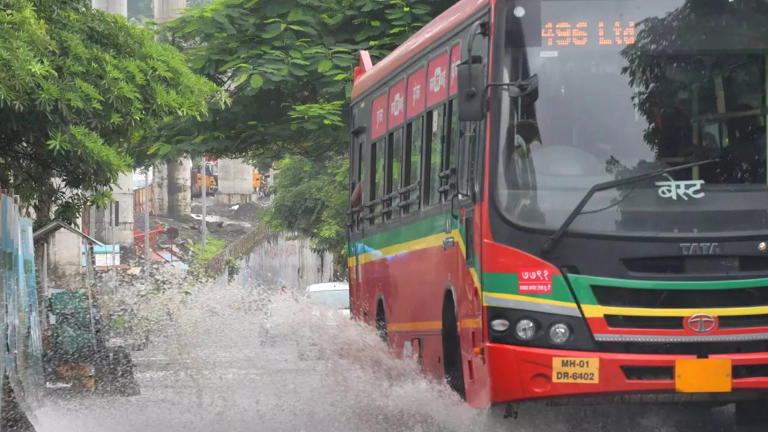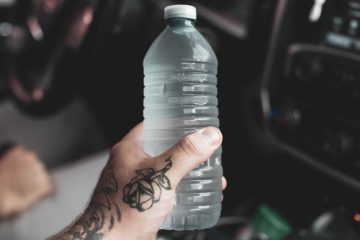In NEW DELHI: Although India has small lithium reserves and is significantly dependent on imports for its energy transition, energy storage based on lithium-ion batteries can assist the country achieve its greenhouse gas reduction ambitions. To reduce reliance on imports, it is crucial for the nation to create a lithium-ion battery reuse/recycling ecosystem.
India, which has some of the world’s most polluted cities, will be the third-largest market for energy storage by 2040, behind China and the United States, making a circular economy for lithium batteries all the more crucial.
In addition to aiding in price recovery, circularity initiatives would shield India from geopolitical risks and environmental dangers, such as air pollution and water contamination, that result from improper handling of battery waste.
The environment ministry on August 24 announced the Battery Waste Management Rules, 2022 for the environmentally responsible management of various types of waste batteries, including lithium-ion batteries from electric vehicles. The rules aim to direct depleted batteries towards refurbishment or recycling.
The ministry announced the new guidelines as “a transformative step towards implementation of the Prime Minister Narendra Modi’s promise to promote Circular Economy in full earnestness in his address to the nation on Independence Day, 2021.
The 2022 regulations include a system known as “extended producer responsibility” (EPR), which holds producers liable for collecting used batteries, seeing to it that they are recycled or repaired, and seeing to it that metals and other materials are recovered from them. Since the laws require a certain proportion of material recovery, the change will bring new technology, investment, and commercial prospects to the recycling and refurbishment sector.
EPR, a global waste management tenet, can effectively handle lithium-ion batteries’ upstream and downstream problems (LIB). One of the oldest Delhi-based organisations working in the field of hazardous waste management, Toxics Link, director Ravi Agarwal, noted that the introduction of an EPR-based framework for LIBs and LIB products with targets for collection and recovery can help in addressing some of the concerns. Agarwal emphasised the requirement for low-cost technology for the recycling of lithium batteries in India. He claimed that in order to keep recycling batteries, recyclers must have a financial incentive.
Since China will be the primary source of lithium battery materials for India’s EV production, a parliamentary standing committee on industry had also advised last year that the government look into alternative sources of battery raw materials to ensure their uninterrupted supply. Increased rates of lithium-ion battery collection and recycling can lessen reliance on imported materials and aid in keeping the value of recovered materials inside the nation’s economy, according to Agarwal.
The manufacturers and other parties involved in handling waste batteries are responsible under the Battery Waste Management Rules, 2022, for the safe and environmentally responsible management of used batteries. However, waste estimation is currently a major problem because India employs a wide variety of lithium batteries but lacks a database.
In its report titled “Advanced Chemistry Cell Battery Reuse and Recycling Market in India,” the government think tank NITI Aayog also emphasised the importance of recycling and noted how the demand for raw materials is anticipated to increase in India as the government pushes for domestic production of lithium cells. However, several of the rare metals needed for the production of cell component are not yet available from local sources.
If cell manufacturing becomes popular in the nation, either the cell components or the raw materials must be imported to keep up with demand. Batteries that have been recycled may be a source for these rare metals. According to the Niti Aayog research, 95% of metals may be recycled using recycling methods and used to create new batteries.
The Batteries (Management and Handling) Rules from 2001, which lacked specific guidelines for handling waste from LIB used in EVs, have been replaced by the new regulations. The 2022 regulations, which apply to all battery types, including LIB, portable, automobile, and industrial batteries, are anticipated to encourage the establishment of new sectors and entrepreneurship in the collection, recycling, and repair of used batteries. The regulations’ need to employ a specific percentage of recycled materials when creating new batteries will lessen the demand for new raw materials and save natural resources.
In accordance with the new regulations, environmental compensation will be required for failure to meet EPR targets, obligations, and responsibilities. The money raised as environmental compensation will be used to gather uncollected and non-recycled waste batteries, refurbish them, and recycle them.



